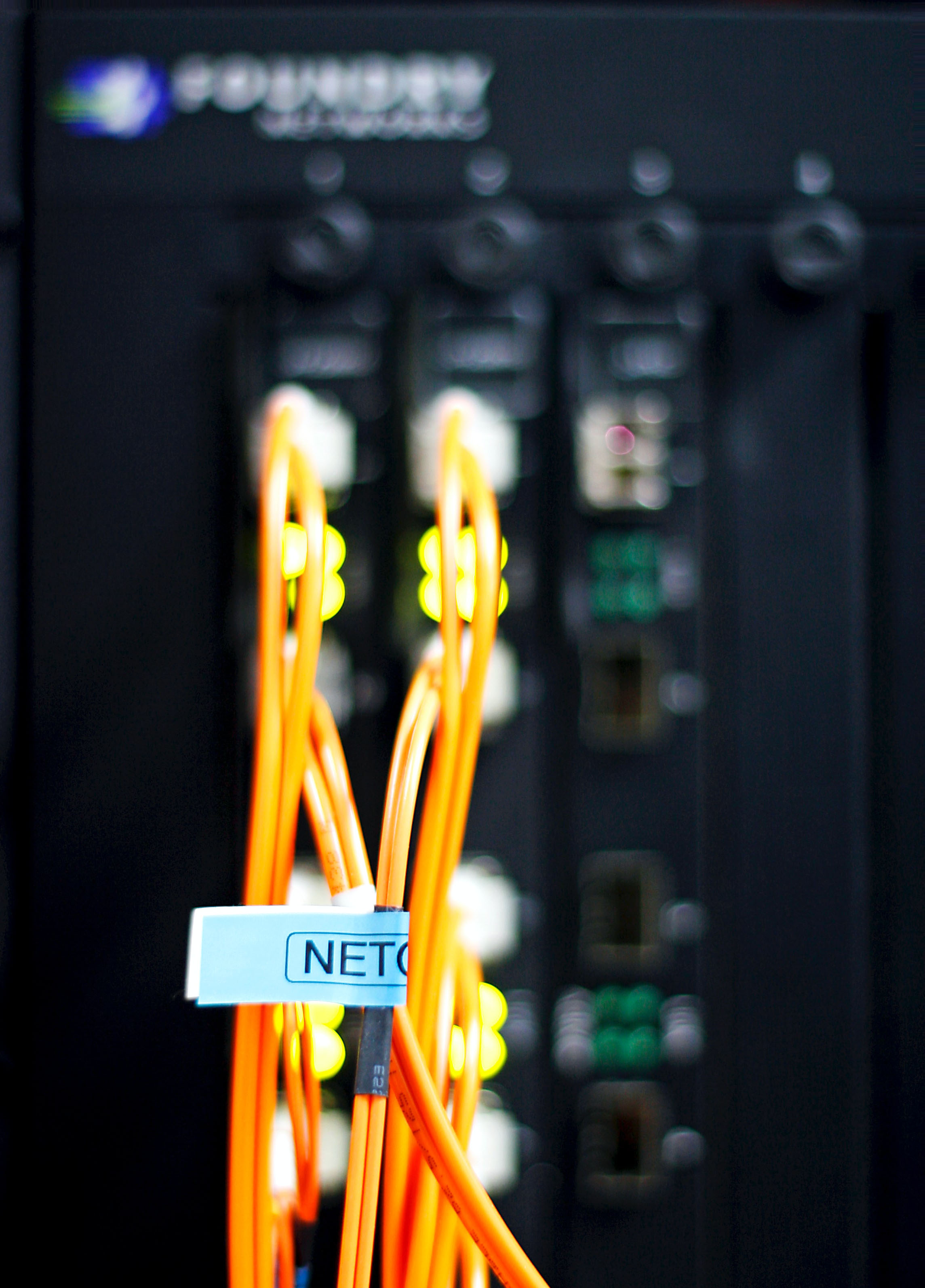
Direct Cloud Connection vs. Public Internet: What Is Best for Your Use Case?
“Gartner® predicts that by 2026, 75% of organizations will adopt a digital transformation model predicated on cloud as the fundamental underlying platform.”1 And according to the 2023 State of the Cloud report from Pluralsight, 70% of organizations report more than half of their infrastructure exists in the cloud, and 49% are actively moving more of their data to the cloud.2

Organizations no longer question whether they should use the cloud. Instead, the question is: How do you want to access the cloud? You have options. You can simply use the public internet, or you can opt for a direct cloud connection, sometimes called a “native onramp” – a dedicated physical fiber connection from a colocated data center to a cloud provider. Direct connections completely bypass the public internet and, consequently, deliver several advantages.
In this blog, I outline four major advantages of direct cloud connections and compare use cases to help you decide whether to use a direct connection or public internet for cloud connectivity.
Low Latency
Latency – the time it takes to respond to a user request – impacts how users experience the performance of a system, making it a critical consideration in digital business.
When connecting to the cloud using the public internet, you are competing for bandwidth with all the other users. In addition, your data hops through multiple network segments, and each hop represents a potential point of failure in addition to slightly slowing the transmission rate.
Conversely, a direct cloud connection is a private, dedicated connection. It’s like driving on your own exclusive highway, avoiding traffic jams and having the road all to yourself. Speed tests conducted by CoreSite to compare the performance of direct cloud connections with the public internet show the difference in latency is notable – direct connections deliver 44% lower latency vs. the public internet.3
Direct Connection vs. Public Internet Use Cases
Low latency is not necessarily best for every use case. For example, latency will not be critical for a real estate firm showing photos of available homes online.
However, low latency is critical for companies that conduct sales and financial transactions online, depend on real-time data or provide customers with access to a platform on a website or app. In these use cases, low latency is imperative to a positive customer experience.
Verticals that demand low latency include:
- Banking
- Financial trading
- Retail
- E-commerce marketplaces
- Streaming services
Low latency is also important for internal users, to improve productivity and ensure a consistent digital experience. For example, cloud-based business applications and platforms like Salesforce require a low-latency connection. In addition, applications that use real-time data feeds, such as video conferencing services like Zoom, will only work properly with low-latency connectivity. Your teams need a variety of cloud-based tools to do their jobs, but if connected via the public internet they can experience network latency that disrupts the business. By providing low-latency connectivity, a direct connection ensures business continuity.
High Availability
Downtime for customer-facing applications can be a disaster for many businesses. Users expect 24x7 availability, and you can lose customers in seconds during an outage. High availability is also important for internal applications. Unpredictable and unreliable public internet connections can bring down critical cloud-based services, interrupt access to cloud-hosted data and prevent an entire company from doing business. Research from BigPanda found that downtime due to unplanned outages costs businesses an average of $12,900 per minute.4
On the other hand, direct cloud connections guarantee availability. The CoreSite speed tests mentioned earlier show that direct cloud connections experience 60% less variability than the public internet, and CoreSite offers a 100% uptime service level agreement (SLA).5
Direct Connection vs. Public Internet Use Cases: Small businesses that have little use for the cloud – like restaurants and personal services – can use the public internet for their digital connection needs.
However, every company that relies on the cloud can benefit from the reliability of a direct connection. Examples of industries where high availability is essential include financial services, e-commerce, healthcare, government and software development, just to name a few.
Increased Bandwidth
Data is a key to doing business, and in order to access and transfer large amounts of data in the cloud, you need the right amount of bandwidth – which is the maximum data transfer capability of a network connection, measured in bits per second. If you do not have an internet connection with adequate bandwidth, transferring large data sets can be time-consuming and expensive. Making matters worse, increasing the bandwidth provisioned with your internet service provider (ISP) can be cost-prohibitive.
Verticals that Benefit From Increased Bandwidth Include:
- Media & Entertainment
- Healthcare
- Education
- Government
- Fintech
In contrast, a direct connection to your cloud provider eliminates the cost and performance issues associated with your ISP and facilitates seamless transfer of large data sets. For example, a 50GB direct connection from CoreSite can handle most bandwidth needs. To use the highway analogy again, it’s like having a dedicated freeway that is 100 lanes wide. The bandwidth available on a public internet connection cannot even come close.
Direct Connection vs. Public Internet Use Cases: Organizations that do not store and access large amounts of data in the cloud do not need the high level of bandwidth that a direct connection affords.
But enterprises that provide customer or employee access to big data in the cloud can only benefit from a 50GB direct connection. Example verticals that often require high bandwidth include entertainment and media, healthcare, research, education, government, law firms, financial services and any large corporation.
Cost Savings
Reducing the cost of operations is one of the top reasons enterprises choose to implement a cloud connect solution, and yet the cost savings depend on how you connect.
When storing data in the cloud, data egress can be a significant expense. While most cloud providers do not charge to upload your data to the cloud, they do charge data egress fees per gigabyte for transferring that data out of the cloud. You can’t always predict how much data consumption will take place, so companies often discover that data egress costs are much higher than expected.
As an alternative, a direct connection provides an impressive 60%-70% savings on data egress costs – and it is a fixed predictable cost, which your CFO will appreciate.5
Direct Connection vs. Public Internet Use Cases: For many small organizations, the internet can serve cloud connectivity needs, and it does not make financial sense when you want to directly connect to a cloud provider. But any large enterprise – and even small companies that move large volumes of data – will save money with a direct cloud connection.
As an aside, CoreSite also offers virtual routing capability in the Open Cloud Exchange® allowing you to transfer applications and massive amounts of data directly between two different cloud providers.
Make Cloud Your Competitive Advantage
A direct cloud connection is not for every company or organization. But if you are leveraging the cloud to gain a competitive advantage, direct connectivity will deliver the low-latency, high availability, bandwidth and cost savings you need.
Schedule a meeting with CoreSite today to find out how you can connect directly to your cloud provider. Contact Core site at www.coresite.com or 866.777.CORE or 303.405.1000.










